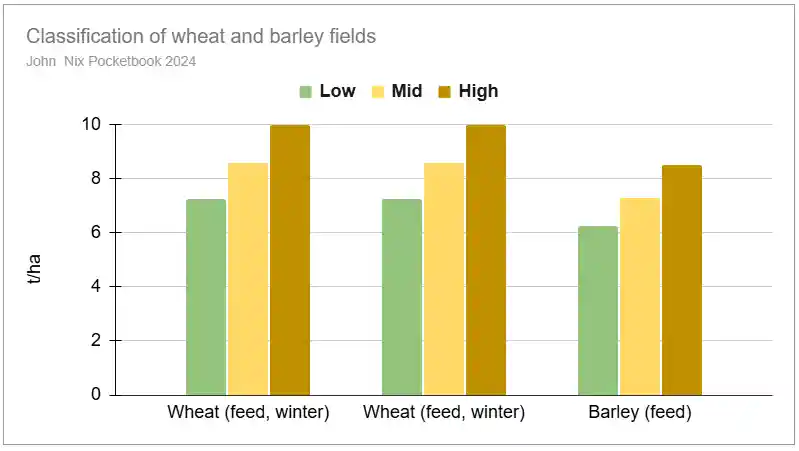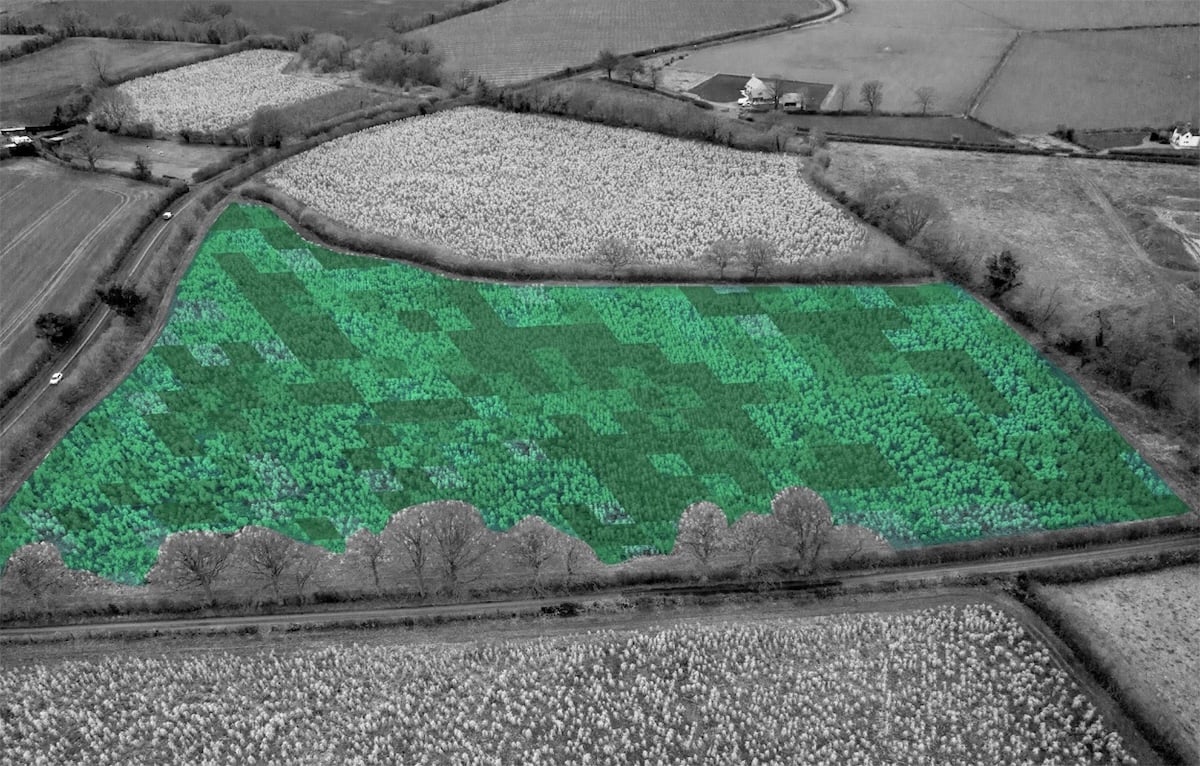Last Updated on August 27, 2025 by Sophie Wilesmith
Harvest 2025 has highlighted the growing challenge of volatility in UK arable farming, with Farmer’s Weekly reporting that wheat yields ranged anywhere between 5.5t/ha and 10.4t/ha depending on region, soil type, and weather conditions. For many farmers, this stark variation underlines the risks of relying on annual crops that are increasingly vulnerable to unpredictable climate extremes and input pressures.
At the same time, a study from Terravesta points to a promising solution: Miscanthus as a resilient, long-term alternative that delivers profitability and stability where wheat and barley often fall short. “Miscanthus is the most economically viable option for farmers with fields yielding below 7t/ha for wheat and below 6t/ha for barley, as defined in the John Nix Pocketbook. This publication classifies low-yielding wheat land as producing less than 7.25t/ha and low-yielding barley land as producing less than 6.25t/ha,” explains Florian Ilias, Terravesta MD.
“Except in exceptionally high price years, at these yields, farmers do not make any money. In fact, if you calculate the net margin including all farming costs, such as depreciation of farm equipment, farmers’ time, fuel, and maintenance, they actually lose money. This is corroborated by both the John Nix Pocketbook and the AHDB,” he says.

In this chart, the green fields represent those where Miscanthus should be considered. Crucially, low yields aren’t always the result of inherently poor soil. “They may reflect variability over several seasons, fields that in one year hit 8t/ha but in the next drop dramatically due to flooding, heat stress, or blackgrass pressure. Over time, that averages out at 6.25t/ha, meaning the field is effectively underperforming and eroding long-term profitability,” says Florian.
Why Miscanthus stands out
Unlike wheat and barley, which are subject to sharp swings in both yield and market prices, Miscanthus provides long-term stability:
- Stable, inflation-linked returns – less vulnerable to volatile commodity markets and a stable, guaranteed market.
- Resilience to weather extremes – tolerating both floods and drought, where annual crops struggle.
- Low input requirements – no fertiliser or pesticide needed after establishment, avoiding rising chemical and labour costs.
- Consistent profitability – especially on low or medium-yielding land where cereals often underperform.
The Terravesta report compares a 100-hectare cereal farm with a 100-hectare Miscanthus farm over a decade. Despite higher upfront establishment costs, Miscanthus broke even by year five and went on to generate £80,000 more in net margin than cereals across the period. With a lifespan of 15+ years, its long-term advantage continues to grow.
The farmer’s view
East Yorkshire grower and consultant Rob Meadley planted Miscanthus in 2012 on land that wasn’t delivering with cereals. “It was 100% the right decision,” he says. “That land would only have been viable for environmental grass, but Miscanthus beats it hands down on net margin. Add in the soil carbon benefits and fixed-price, reliable income, and it’s proven its worth.”
Building resilience into UK farming
With the 2025 harvest exposing yield extremes in wheat, many farmers are reconsidering how to future-proof their businesses. Miscanthus offers a way to take pressure off poorer-performing fields, reduce risk, and build resilience into whole-farm profitability—without relying on unpredictable government schemes or volatile global markets.
“Planting Miscanthus may look costly at first, but the long-term stability and profitability far outweigh the early hurdles. It’s a crop built for resilience,” adds Florian.



